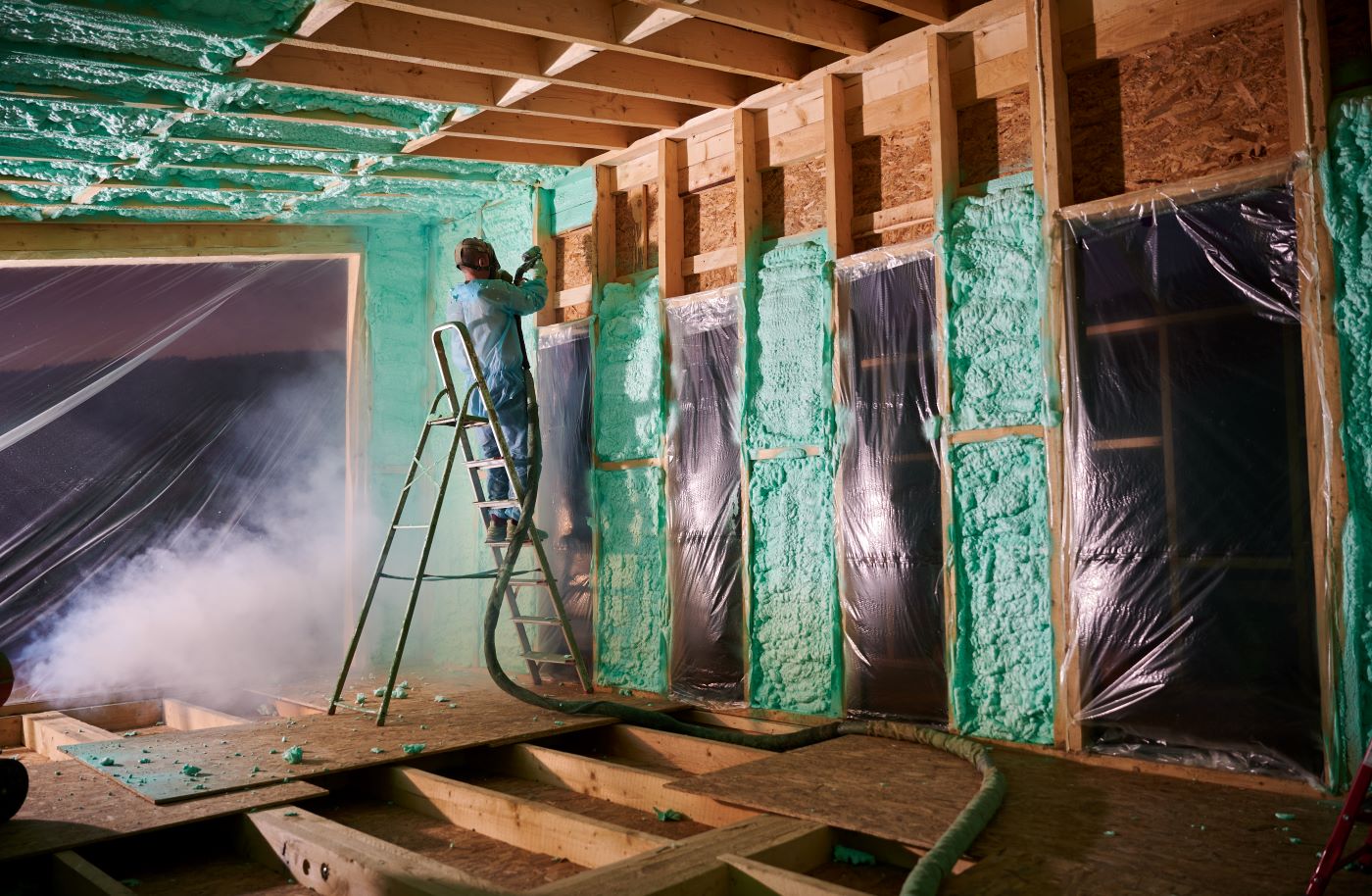
The insulation industry is undergoing a significant transformation driven by technological advancements, sustainability initiatives, and evolving regulatory standards. As the world shifts towards more energy-efficient and environmentally friendly building practices, insulation is playing a crucial role in this evolution. Let’s explore the key areas shaping the future of insulation.
Advancements in Insulation Technologies
Recent innovations in insulation materials are focused on improving thermal performance while reducing environmental impact. Vacuum insulation panels (VIPs), for example, offer high thermal resistance in a thin profile, making them ideal for space-limited applications and helping to enable net-zero energy buildings.
Additionally, bio-based materials, such as hemp and jute, are gaining popularity for their low embodied carbon, contributing to greener construction practices. These advancements are setting new standards for insulation efficiency and sustainability, helping builders and architects meet increasingly stringent energy codes.
Sustainable Insulation Practices
Sustainability is at the forefront of the insulation industry. With the building sector responsible for a significant portion of global greenhouse gas emissions, reducing the environmental impact of insulation materials is critical.
Manufacturers are now developing products with lower embodied carbon, utilising recycled content, and exploring bio-based alternatives. For instance, hemp-based insulation not only sequesters carbon but also offers effective thermal and acoustic insulation. These sustainable practices are essential as the industry moves towards reducing the overall carbon footprint of buildings throughout their lifecycle.
Energy Efficiency and Net-Zero Buildings
The push for net-zero energy buildings, which produce as much energy as they consume, has elevated the role of insulation in achieving energy efficiency. Advanced insulation materials, such as structural insulated panels (SIPs) with enhanced R-values, are crucial in minimising energy loss and maintaining indoor comfort. These materials are integral to achieving stringent energy efficiency standards, such as those outlined in Passive House and LEED certifications. As energy codes become more rigorous, the demand for high-performance insulation will continue to grow.
Innovative Installation Methods
Innovative installation methods are streamlining the insulation process, improving both efficiency and effectiveness. Prefabricated insulation panels and spray-applied insulation systems reduce on-site labour and installation time, ensuring consistent application and minimising thermal bridging. These methods also enhance the overall quality of the building envelope, contributing to better energy performance and durability. As the construction industry embraces off-site manufacturing and modular construction, these innovative insulation techniques will become increasingly prevalent.
Integration with Smart Building Systems
The integration of insulation with smart building systems represents the next frontier in energy management. Smart insulation materials, which can adjust their thermal properties based on external conditions, are being developed to optimise energy use in real-time. Moreover, the combination of insulation with smart sensors and IoT devices allows for continuous monitoring of a building’s thermal performance, enabling proactive maintenance and energy savings. This synergy between insulation and smart technology is key to creating intelligent, energy-efficient buildings of the future.
New Insulation Laws in New Zealand
New Zealand is advancing its building codes to support sustainability and energy efficiency. The country’s updated insulation standards are part of a broader effort to reduce the carbon footprint of buildings.
The government has introduced stricter requirements for thermal insulation in new residential and commercial constructions, mandating higher R-values and encouraging the use of sustainable materials. These regulations are in line with global trends towards more energy-efficient and environmentally responsible building practices, reflecting New Zealand’s commitment to a greener future.
Challenges That Builders and Architects Are Facing
Despite these advancements, builders and architects face several challenges in adopting new insulation technologies and practices. High costs of innovative materials, the need for skilled labour in installing advanced systems, and the complexities of meeting new regulatory standards can create obstacles.
Additionally, balancing thermal performance with other building requirements, such as fire safety and structural integrity, requires careful consideration. Addressing these challenges will be essential for the widespread adoption of next-generation insulation solutions, ensuring that the industry can meet the demands of modern construction.
The future of insulation is one of innovation, sustainability, and integration with cutting-edge building technologies. As the industry continues to evolve, these advancements will play a crucial role in shaping the built environment of tomorrow, driving us towards more energy-efficient, sustainable, and intelligent buildings.
